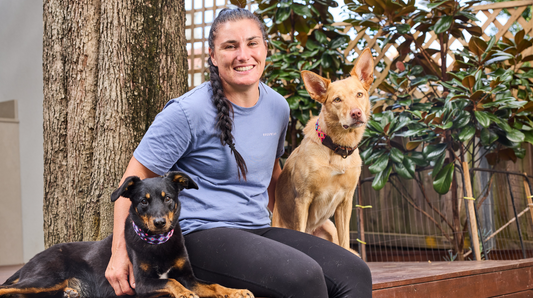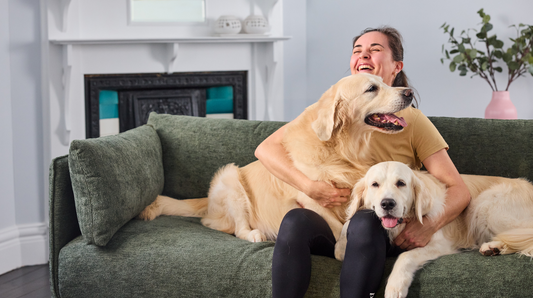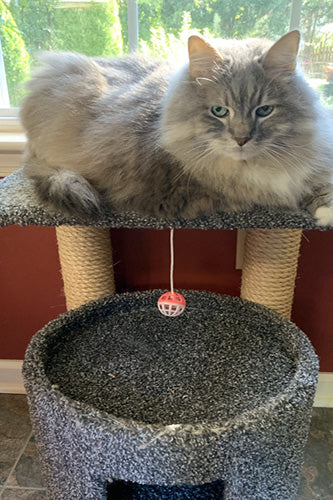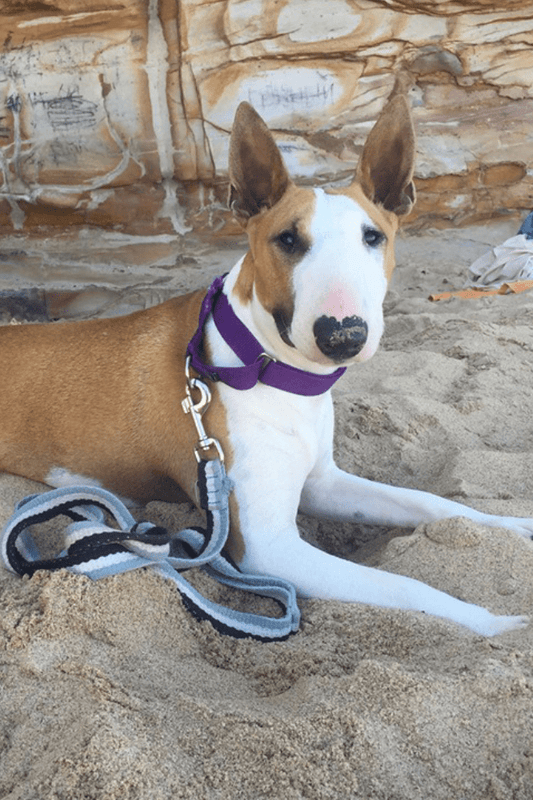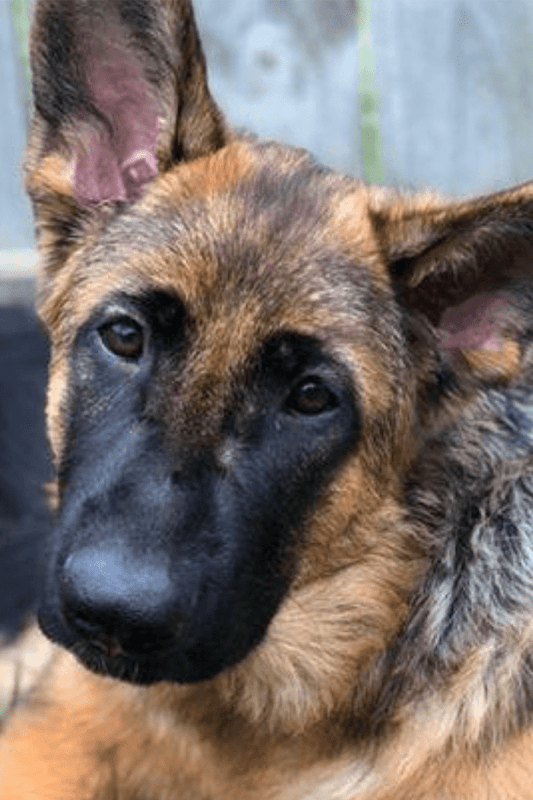In our opinion, the most critical time in a dog’s life is their puppyhood and developmental stages. This is not only applicable to their physical growth; we aim to influence a puppy from a cellular level; from their immune system, skin and coat right through to cognitive and neural development and signalling.
What’s important is to understand the role Omega 3 Fatty Acids play in our dog’s life. Our dogs rely on Omega 3 Fatty Acids for a whole host of physiologic reasons and even more so when they are very young and growing. Dogs are incapable of producing these essential fatty acids on their own and it must be added via the diet.
What do marine Omega Fatty Acids do for our puppies?
Play an Integral role in the development and functioning of the brain impacting attention, memory and trainability.
Benefits of Puppy on Antinol Plus

Yes, you read correctly. Omega 3’s directly affects trainability. There are multiple scientific studies in a variety of species that support the long-held hypothesis that DHA is essential for learning and trainability.
In one study, Beagle puppies fed diets fortified with appropriate levels of DHA from weaning until 1 year of age had statistically significantly better results in various learning, visual contrast discrimination, and psychomotor performance tasks than puppies that were offered diets containing only low or moderate levels of DHA (1).
From an overall development perspective, influencing trainability is of huge value, especially when a puppy is in their critical period of development (the first 16 weeks of the puppy’s life).
Provide immunologic support
The first year of your puppy’s life is incredibly important with regard to the development of the fundamental building blocks of a healthy neural system and signalling molecules for immune response. Antinol fits into the nutrition role via being a powerhouse natural anti-inflammatory lipid supplement packed full of functional fatty acids. Omega 3 Fatty Acids produce hormones that help the immune system and decrease inflammation.
Support retinal development and vision
Eye development is pretty important. Did you know that the retina has a high concentration of Omega 3, particularly DHA, which optimises the fluidity of photoreceptor membranes, retinal integrity, and visual function? There are quite a few studies that have demonstrated that DHA has a protective, for example antiapoptotic, role in the retina (2).
Skin and Joint Management

Assist in managing inflammation in skin and joints as growth plates close
This is probably the most obvious benefit of utilising Antinol from the get-go. We very much have a #nobeforephotos attitude at Antinol! Protection and prevention are incredibly important, especially when our puppies are right in the middle of their growth plate closure and joint development.
Growth plates are the soft areas located at the ends of your puppy’s long bones. They’re made up of cartilage, a rubbery, flexible material. Each long bone has at least two growth plates, one at each end. Their job is to be filled with cells that allow your puppy’s bones to become longer and dense; the way these cells work is by dividing themselves until they fill the growth plate.
It is important to understand, that until the growth plates close, they’re soft and vulnerable to injury. After sexual maturity which usually occurs around 12-18 months, the growth plates calcify, and the rapid cell division ends. The growth plate becomes a stable, inactive, part of the bone, now known as an ‘epiphyseal line’.
When we look at protecting our puppy’s joints, it refers to ensuring that inflammation is kept as low as physically possible. We know that inflammation is silent; it happens beneath the surface and is the driver of pretty much every disease.
We recommend Antinol from 8 weeks of age to not allow the inflammation to become chronic. Chronic inflammation occurs even before symptoms have started and when we see those symptoms present, we are often already dealing with disease. In this case, it is often not possible to reverse or help apart from with pain management or disease-specific medications.
Protecting and supporting skin barriers

When we look at the benefits Antinol has on the skin, we need to look below the surface. A cell’s plasma membrane represents the barrier of life, the structure that separates living cells from their surroundings. Lipids are no longer considered as mere energy sources and it is now clear they may also exert important changes in cell membranes leading to modulation of cell functions. So think of things like a cells fluidity, how permeable it is, and its formation. And cell processes such as fusion and division, signal and communication, membrane protein activities (internal to external) and anti-proliferation control.
Put simply, it’s thought lipids contribute to whether cells are healthy or dysfunctional. Dogs who are continually deficient in functional fatty acids typically develop chronic skin disorders, digestive problems, allergies and chronic diseases. Only Antinol has over 90 functional fatty acids in one tiny soft gel capsule.
Start supplementing Antinol YESTERDAY.
You can start supplementing your puppy right from 8 weeks. We like to think of Antinol as not just a supplemental measure of nutrition but also as a fundamental component of better health. Your puppy’s dosage will depend on their breed, weight and individual circumstances you should always consult a veterinary professional/nutritionist to ascertain the best protocol.
We have had the pleasure of watching many Antinol baby dogs go on to be sport and performance dogs as well as show champions.
We are hugely passionate about showcasing only real Antinol users. The photos used in this post have been Antinol Puppers since the beginning. Thank you to the humans that supplied these awesome photos of Cosmo, Maliah, Trooper, Florence and Peekay.




